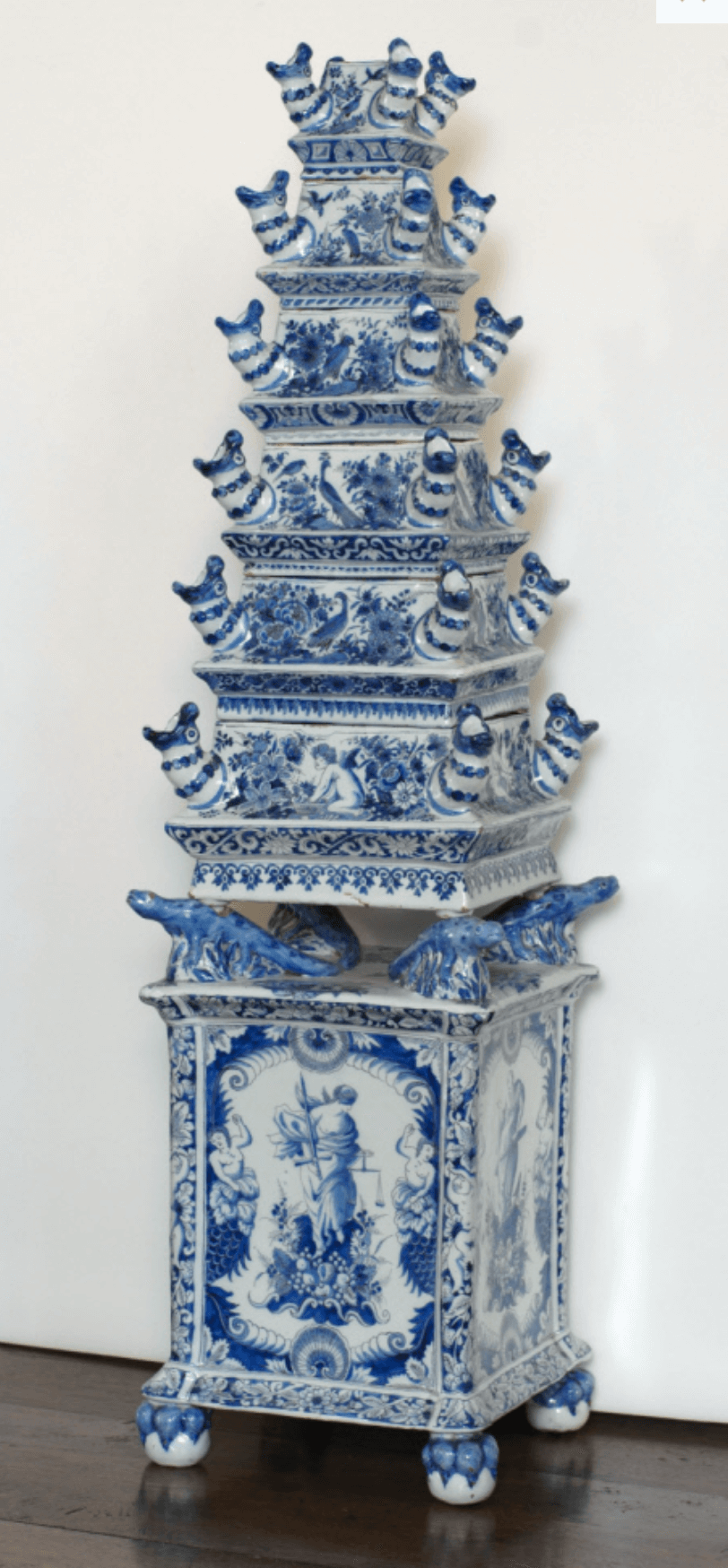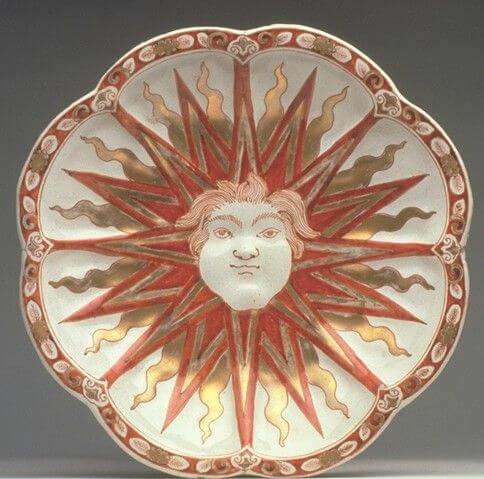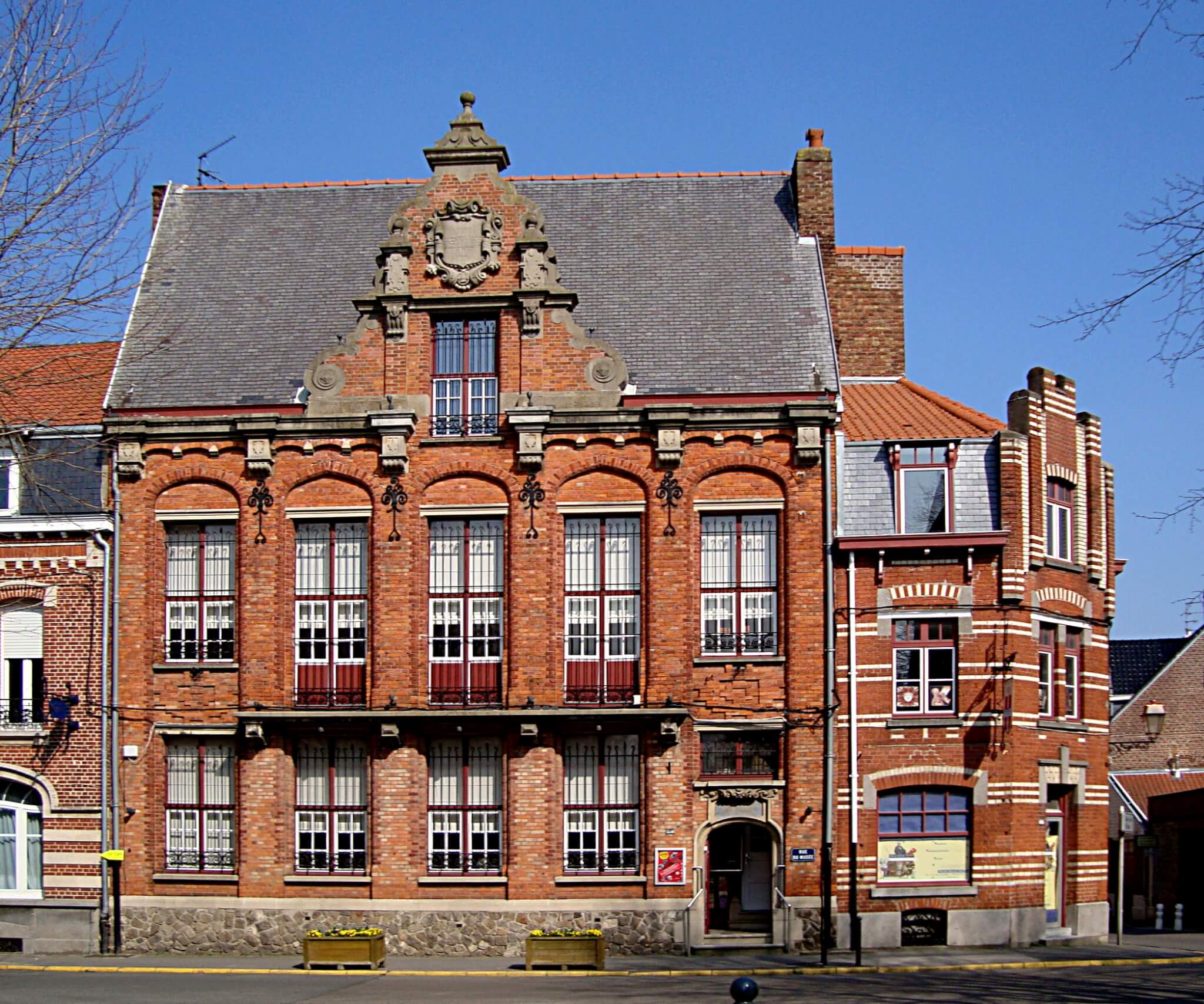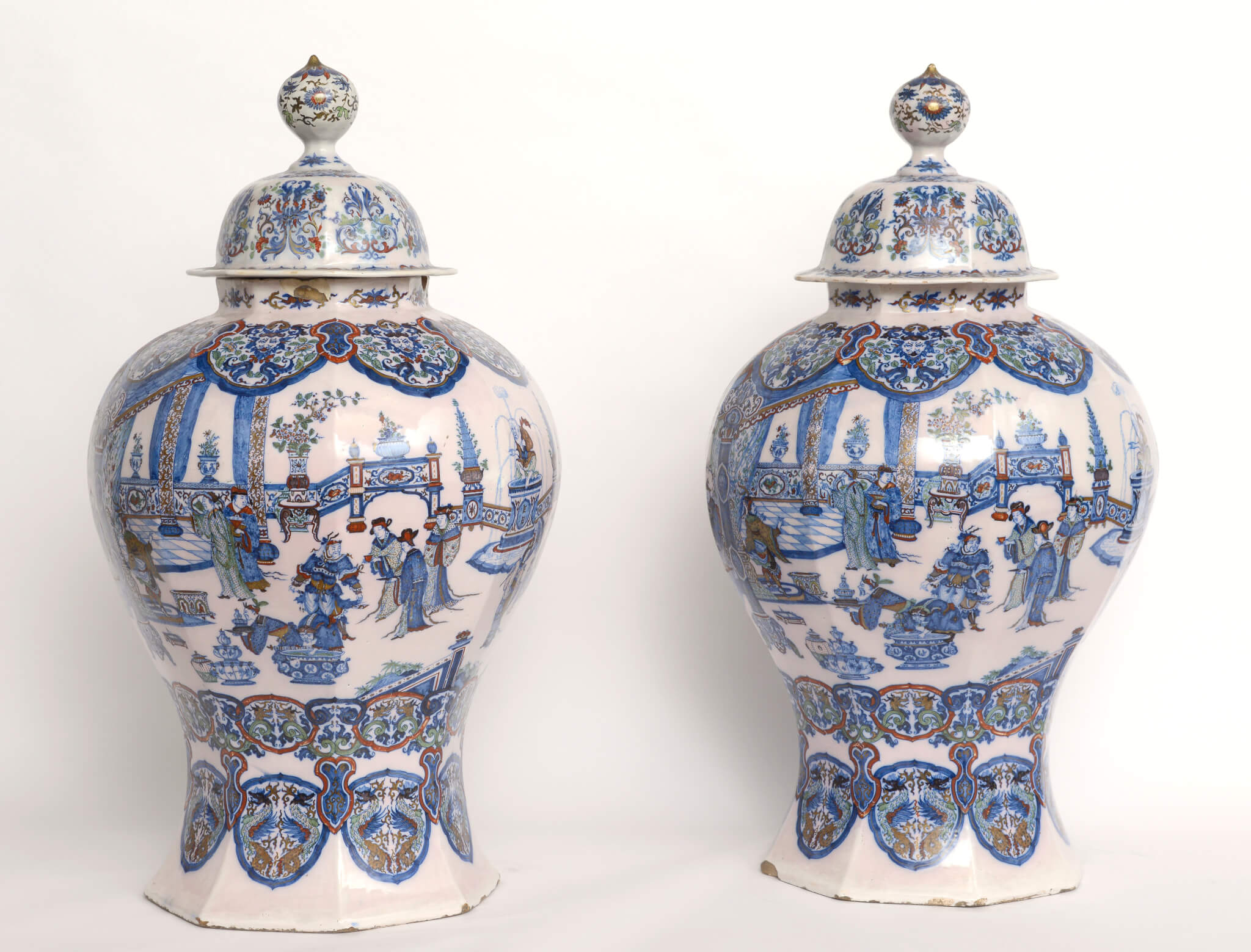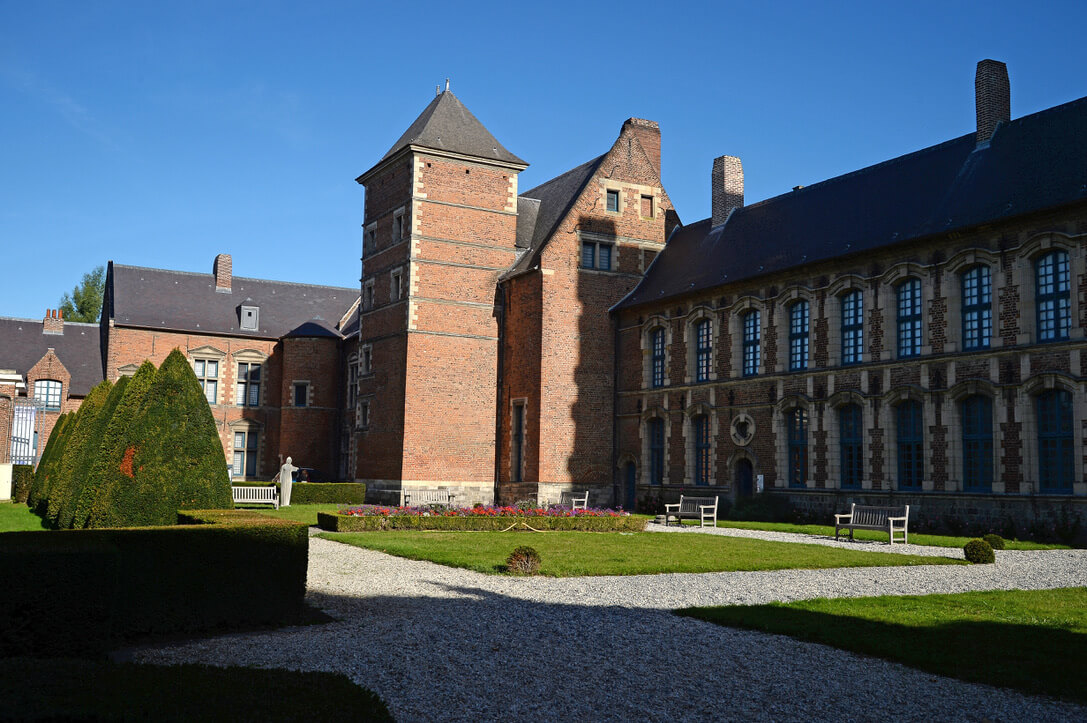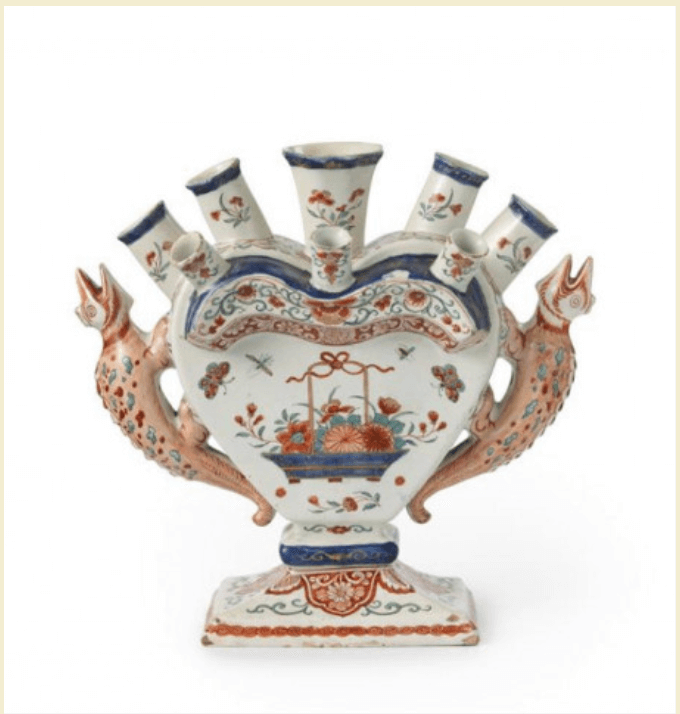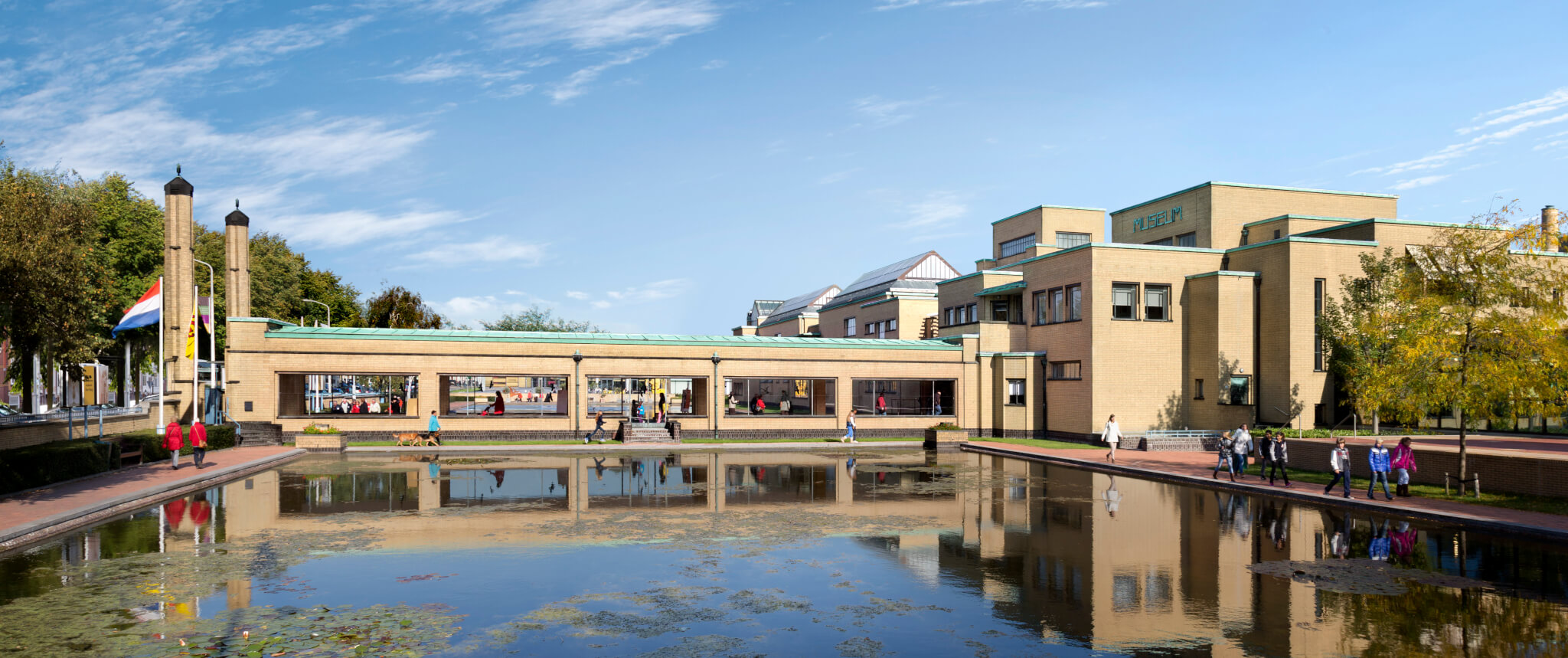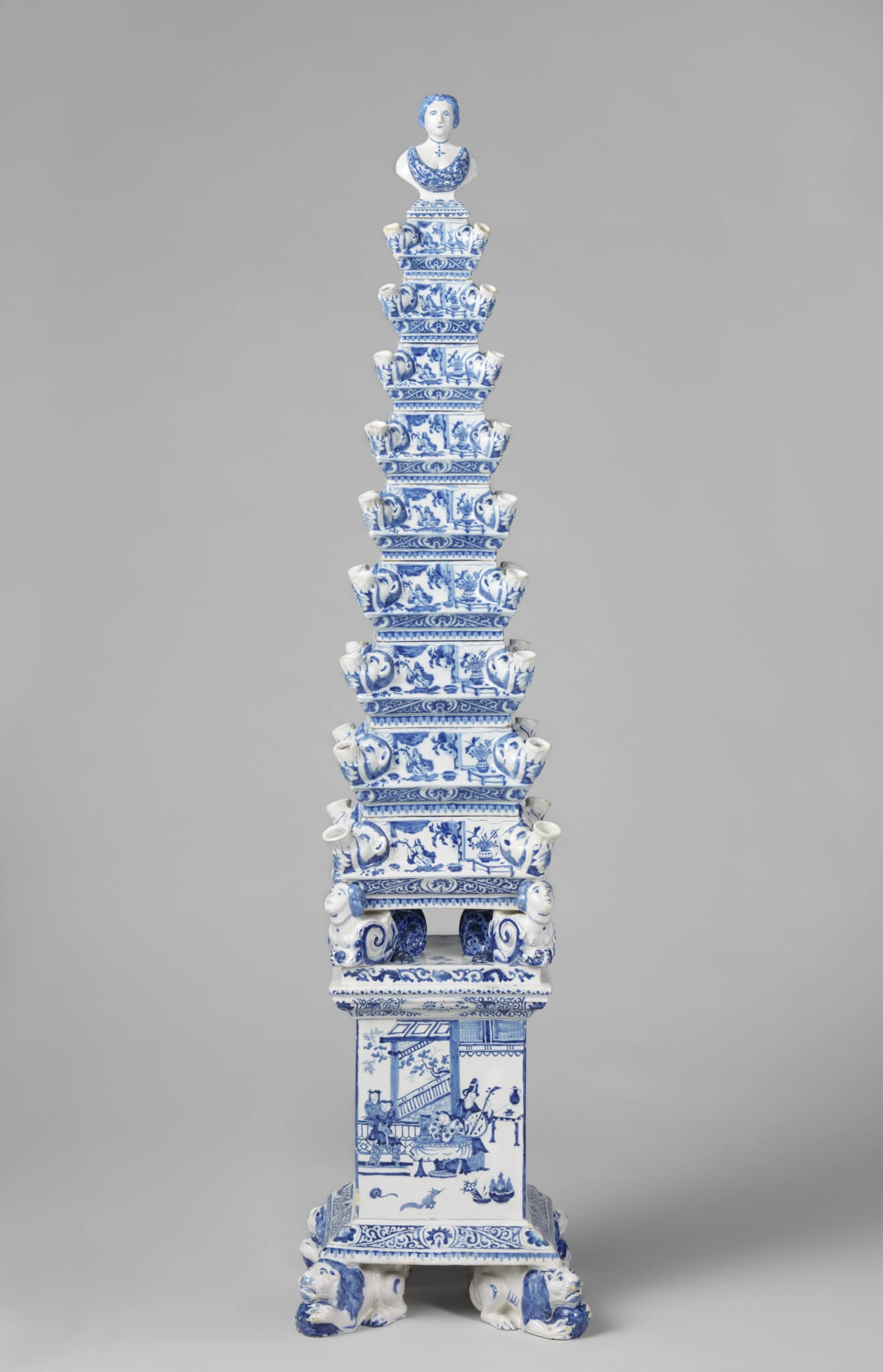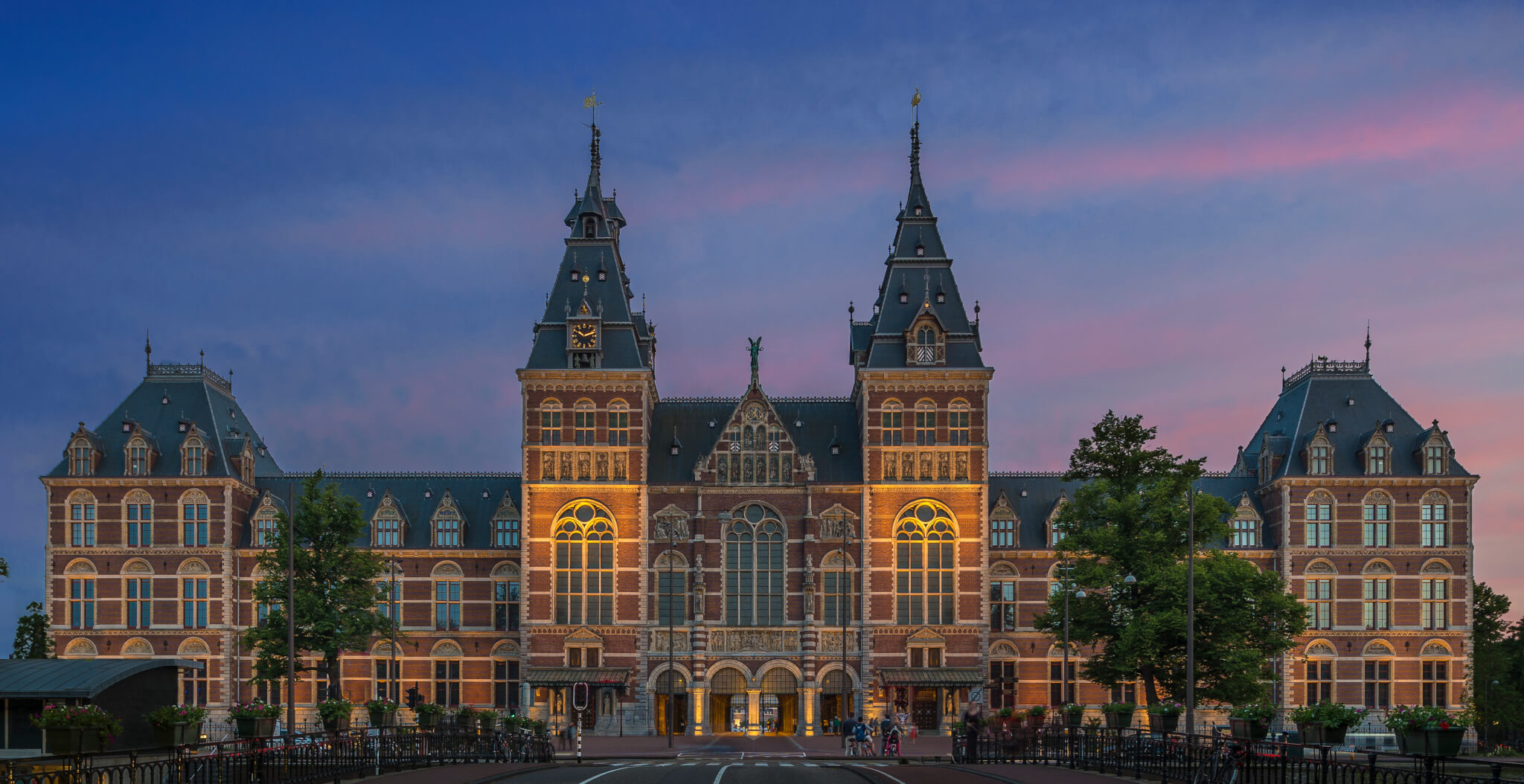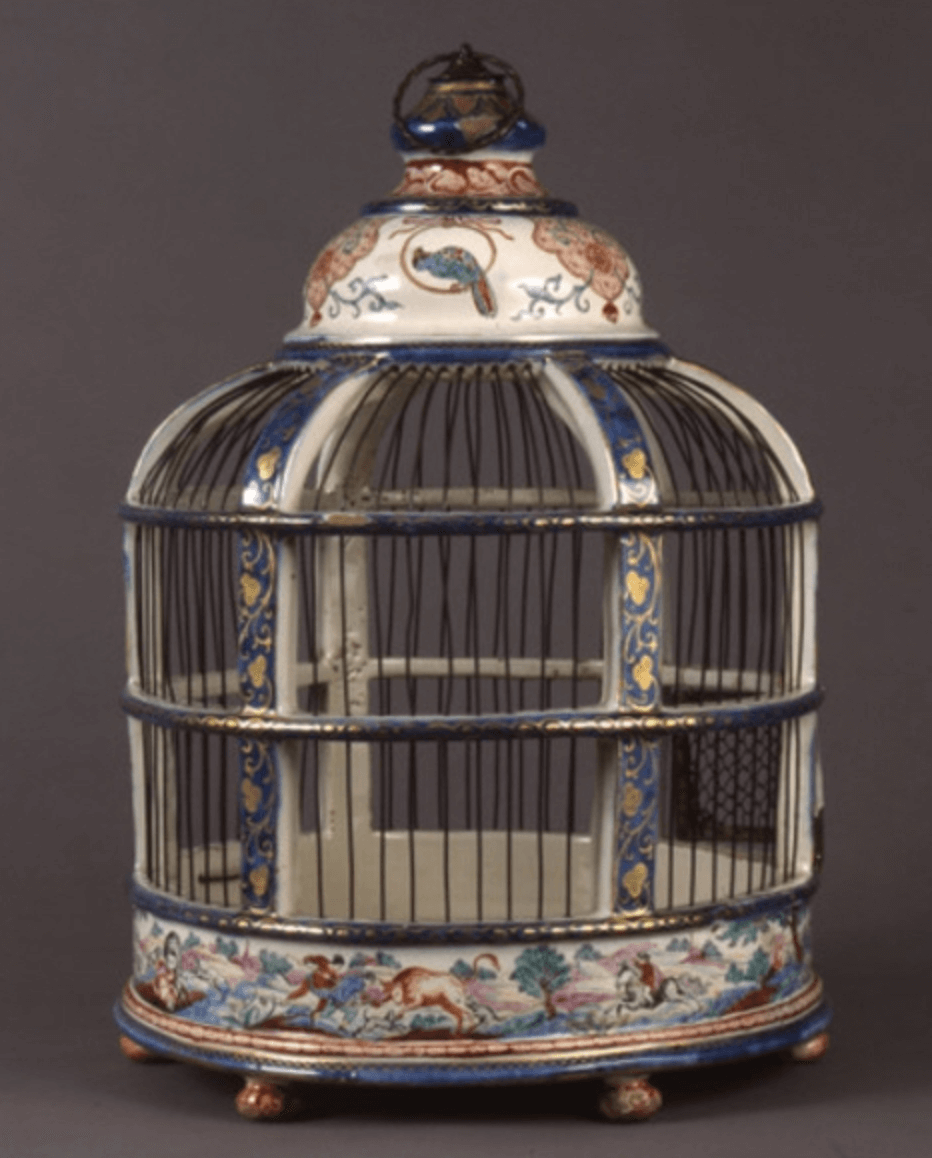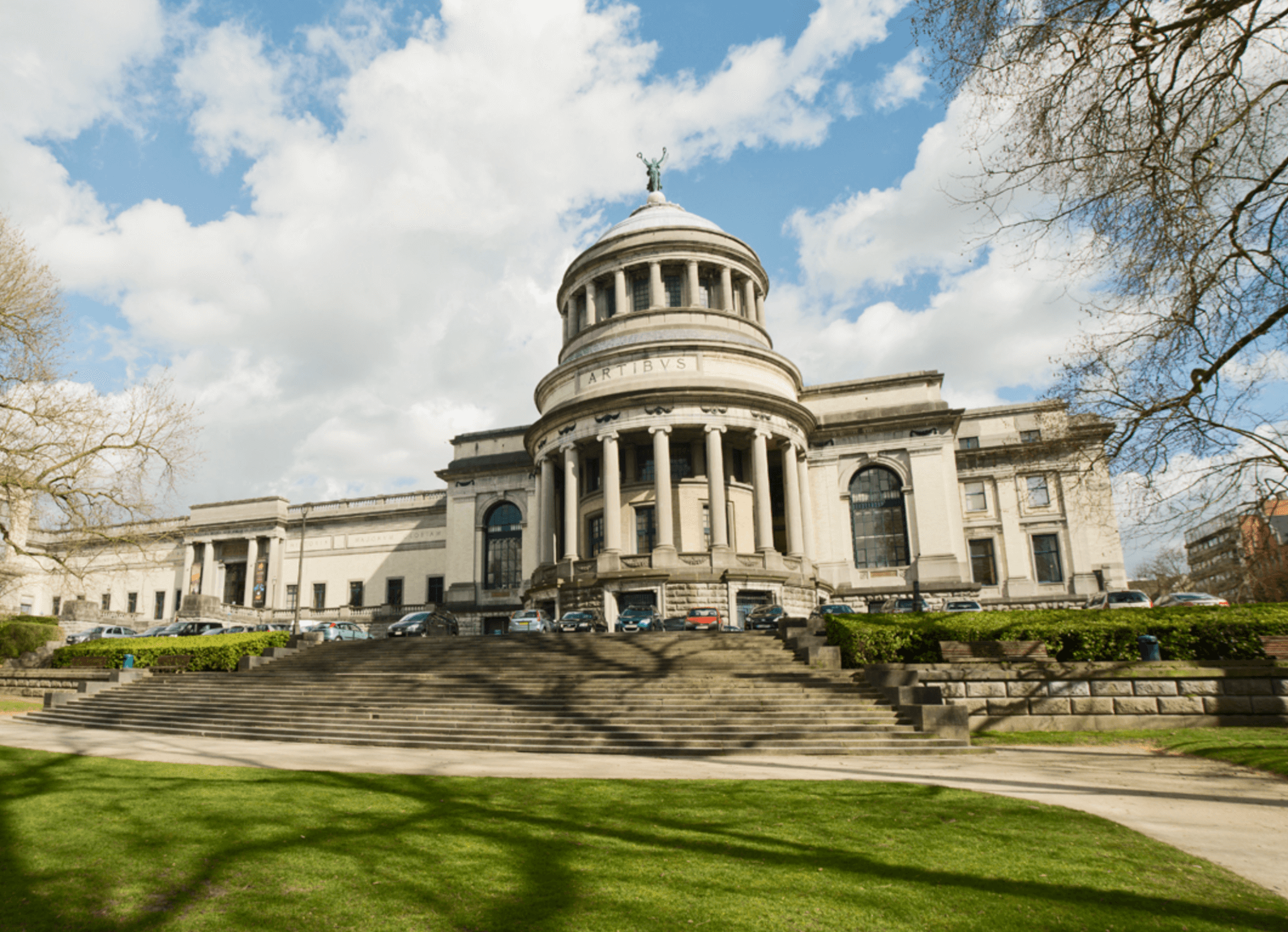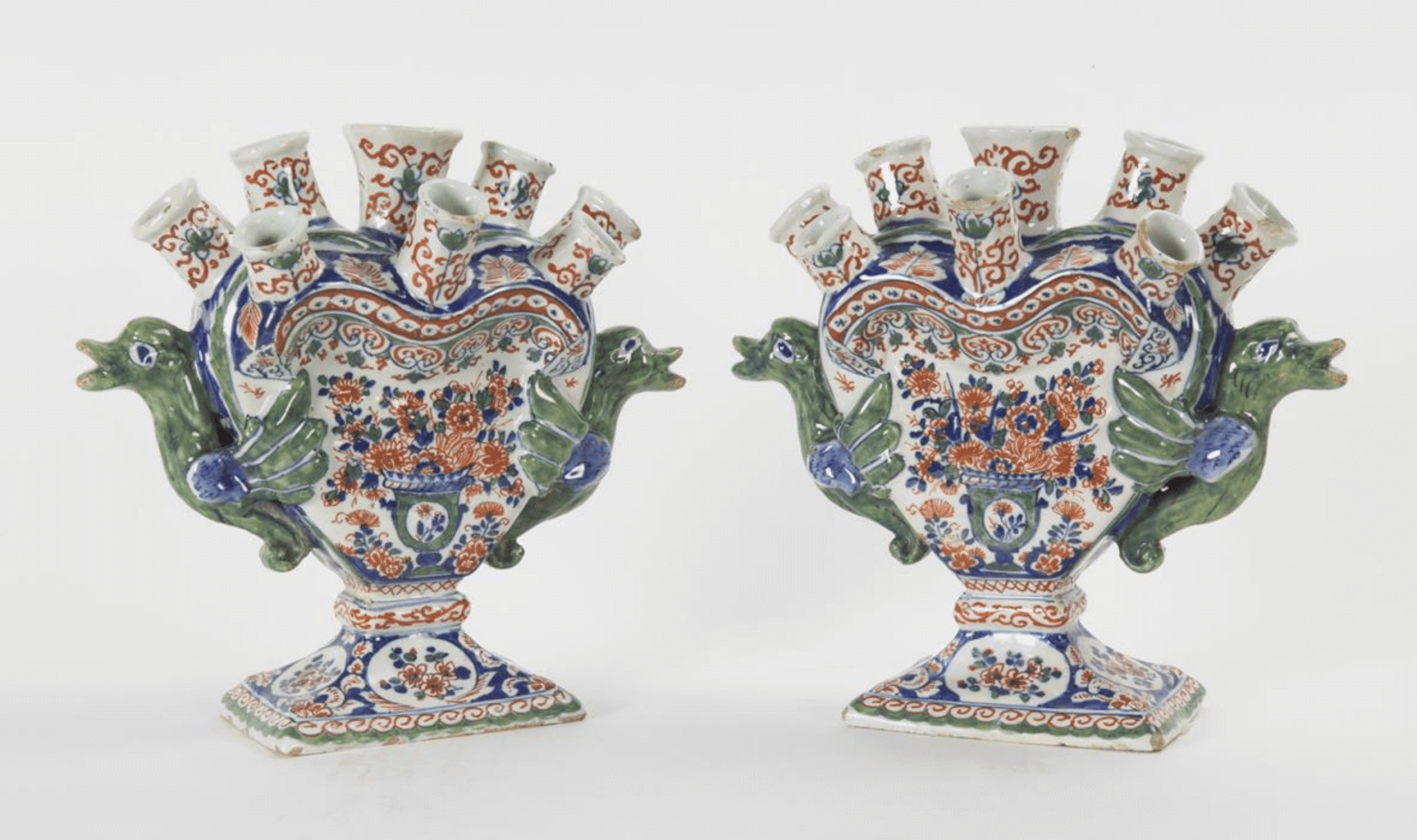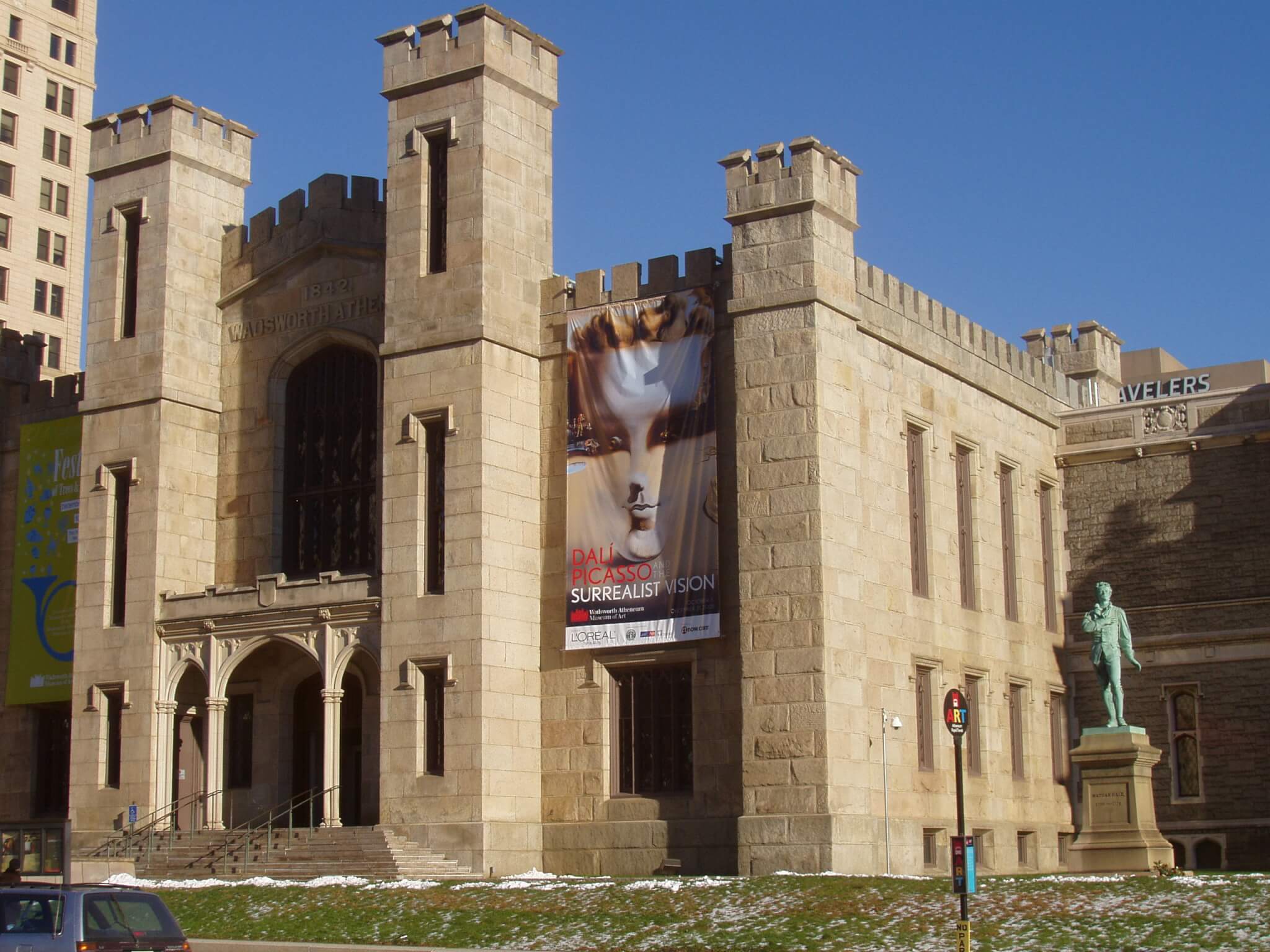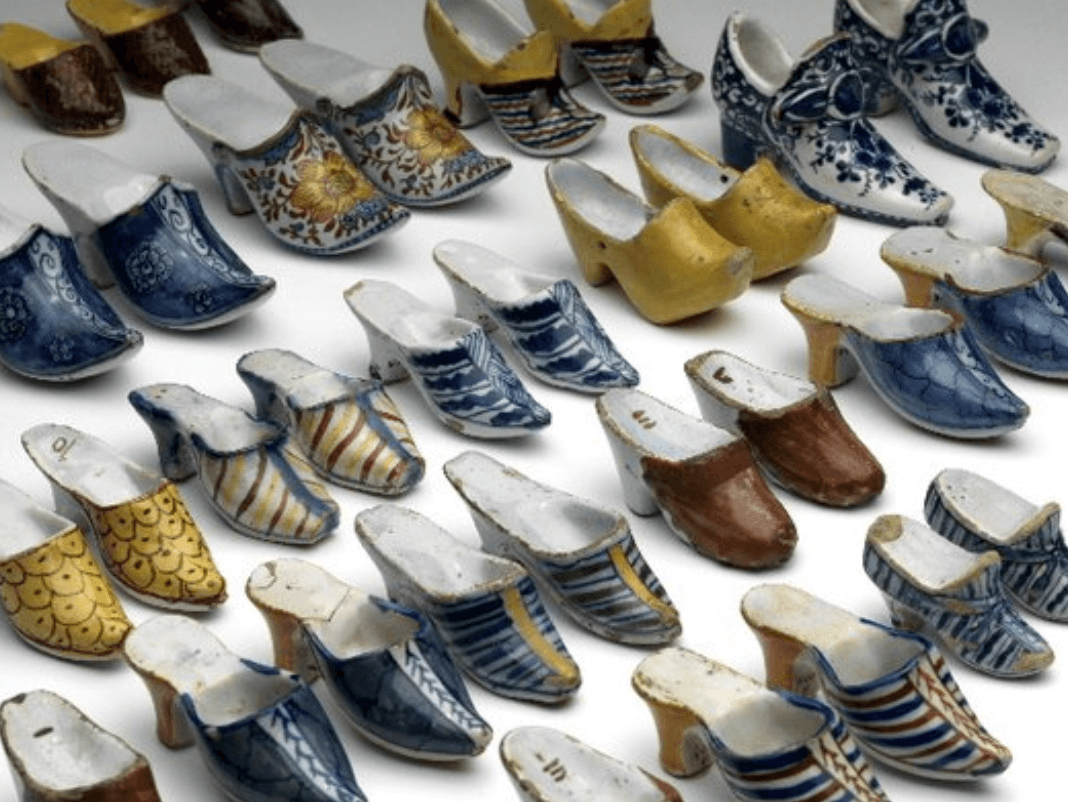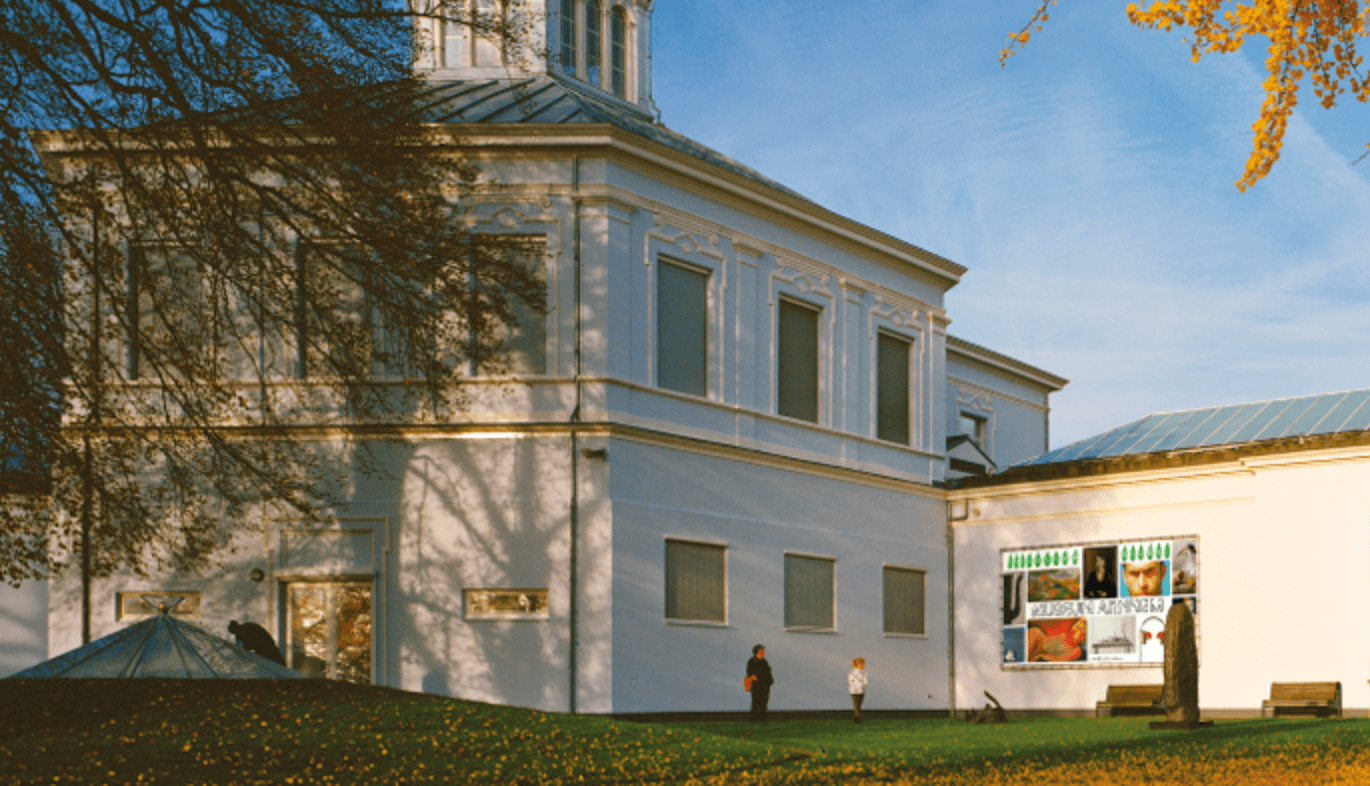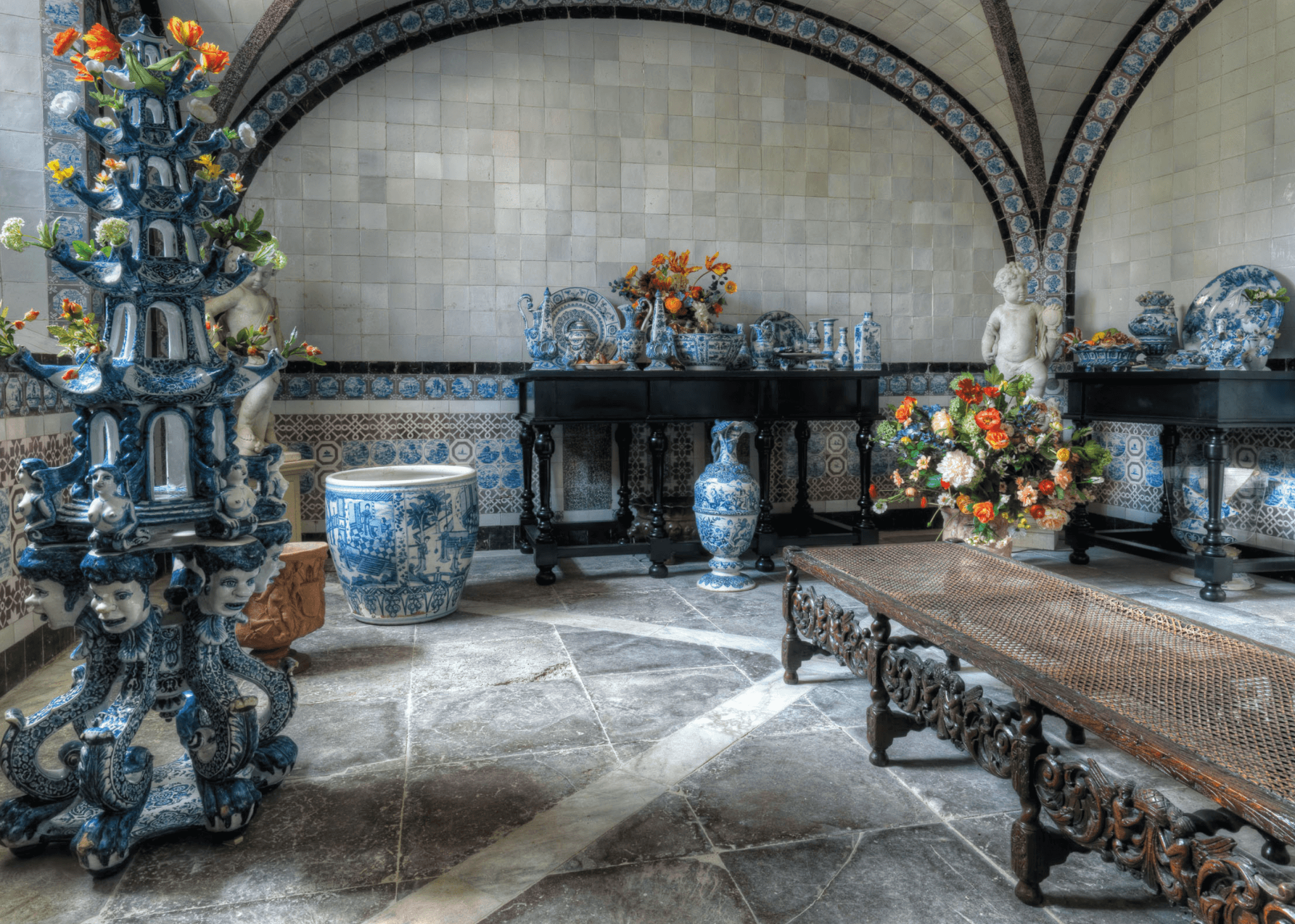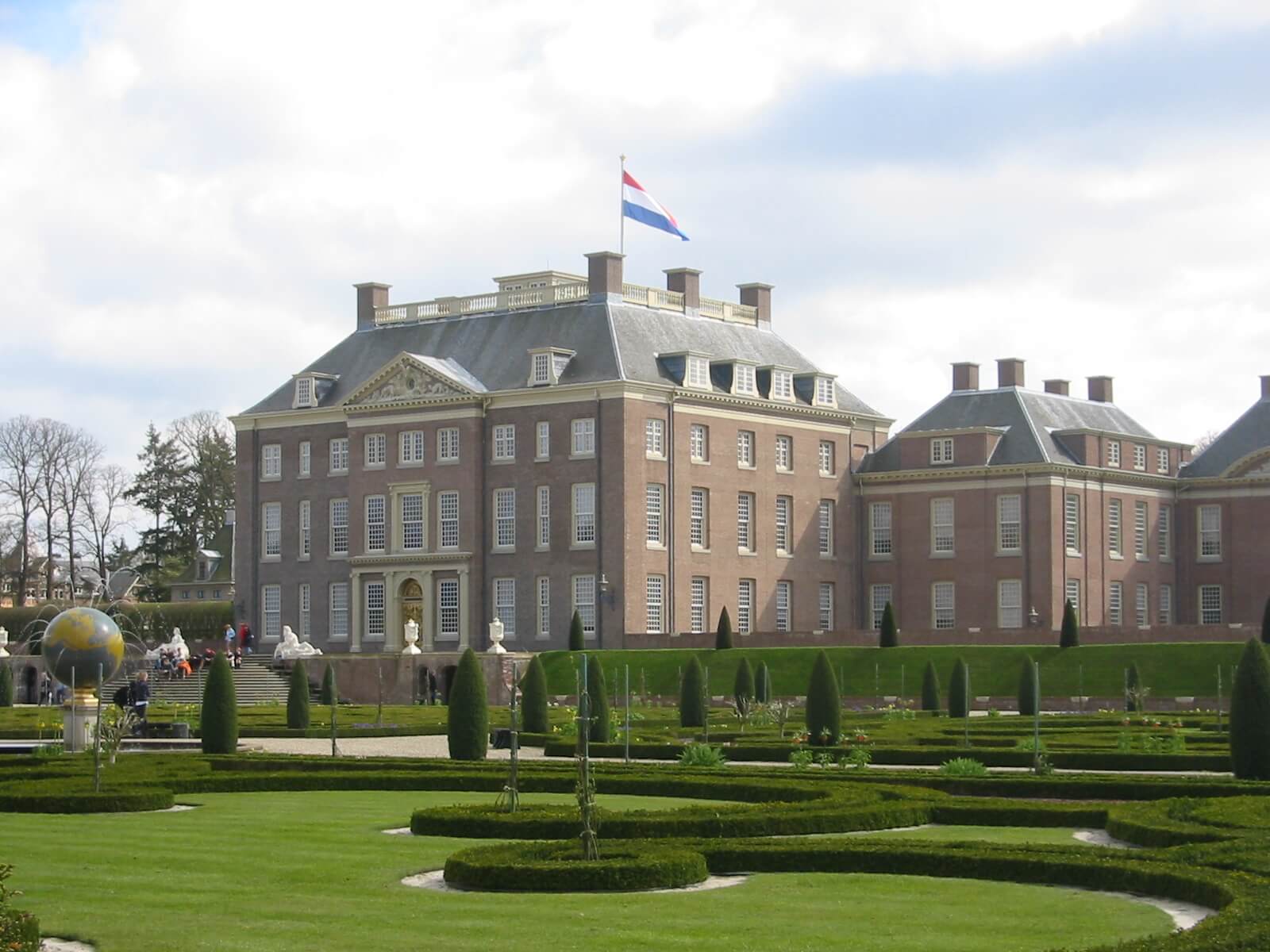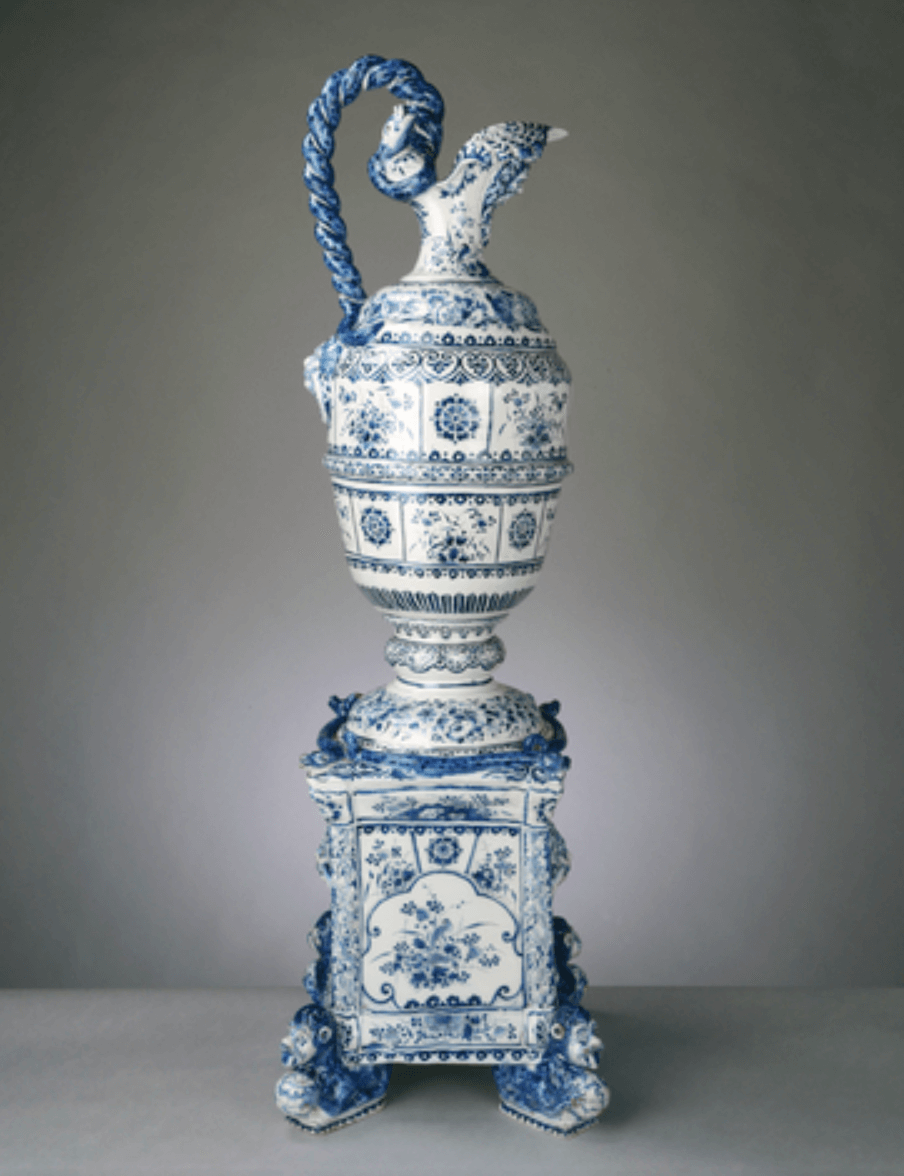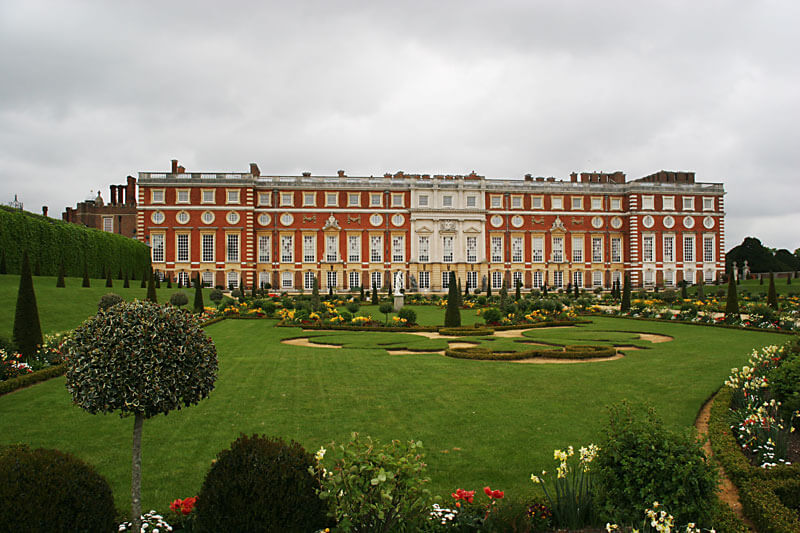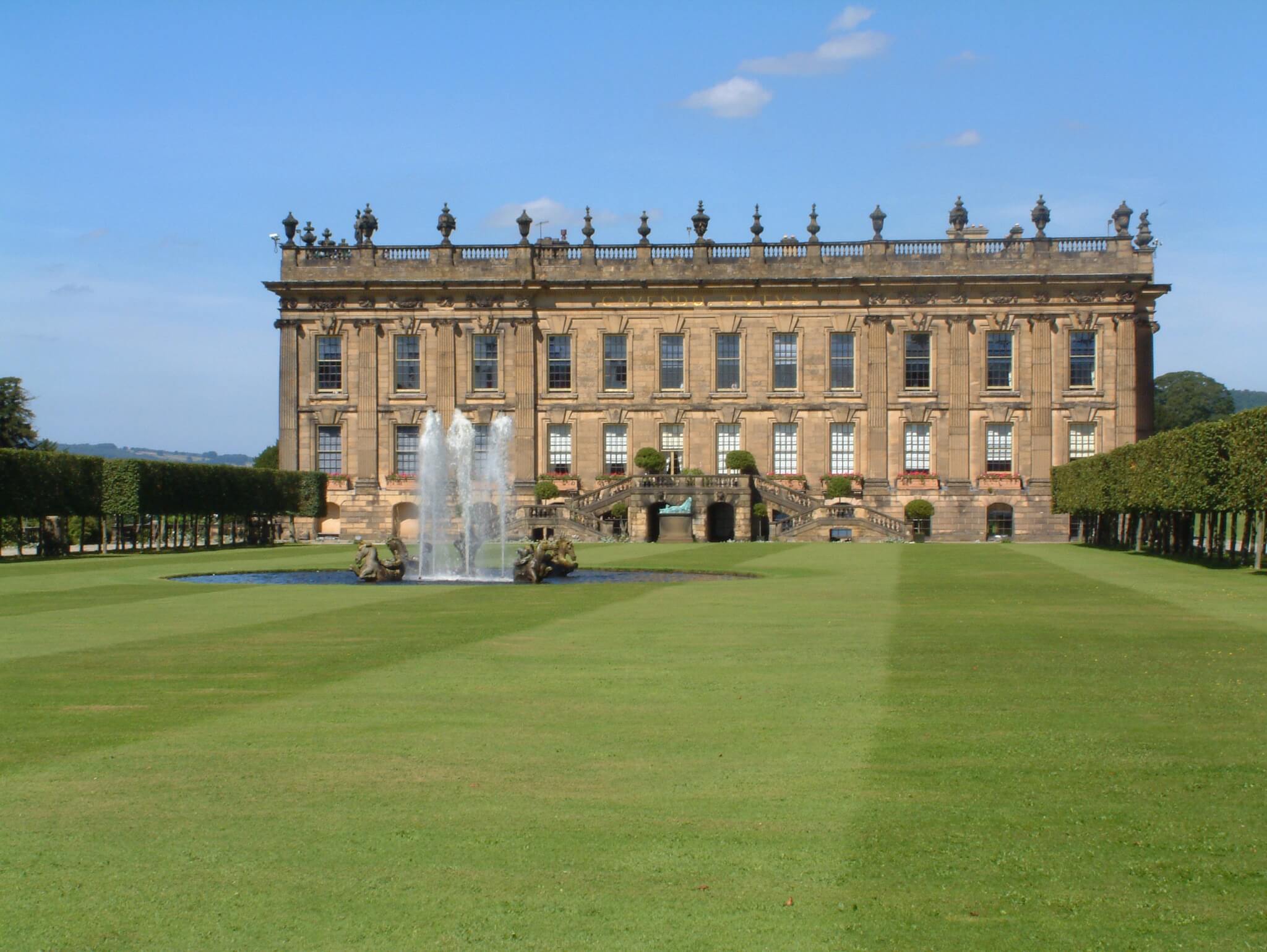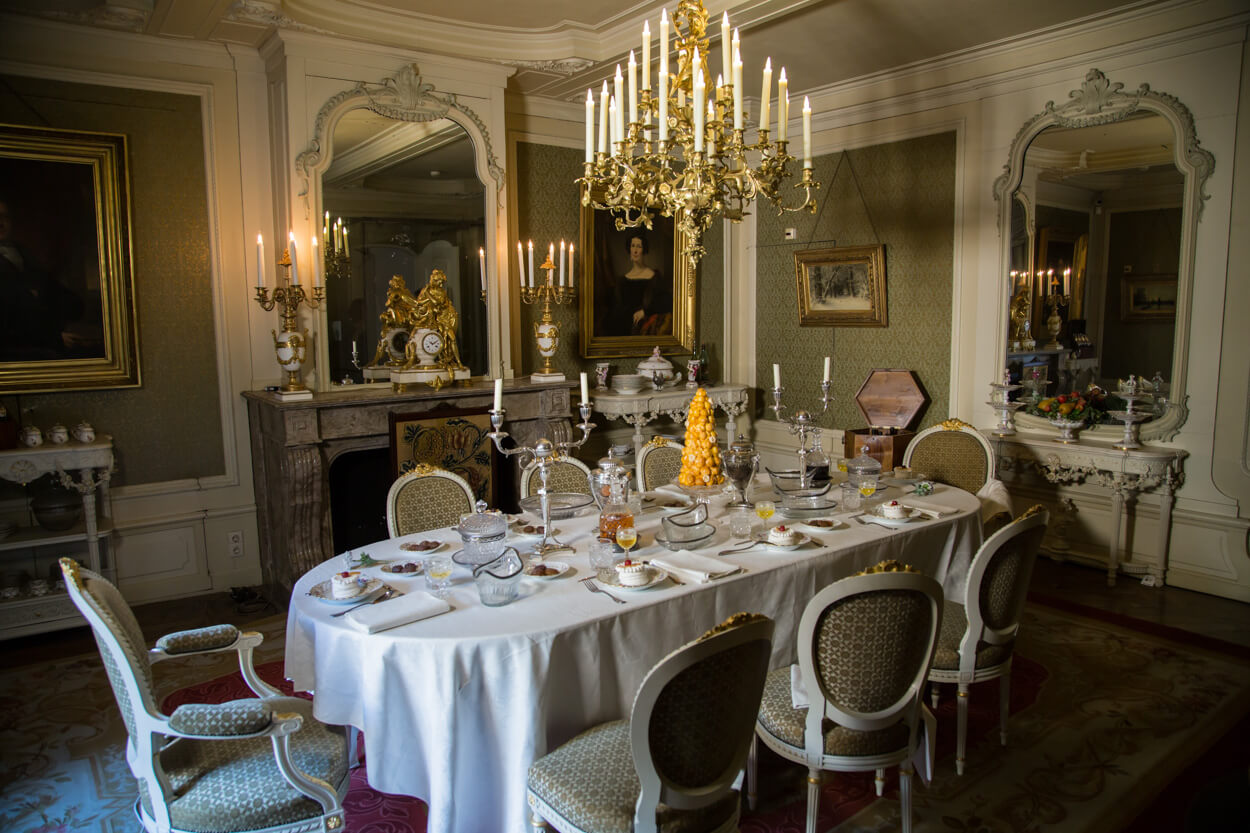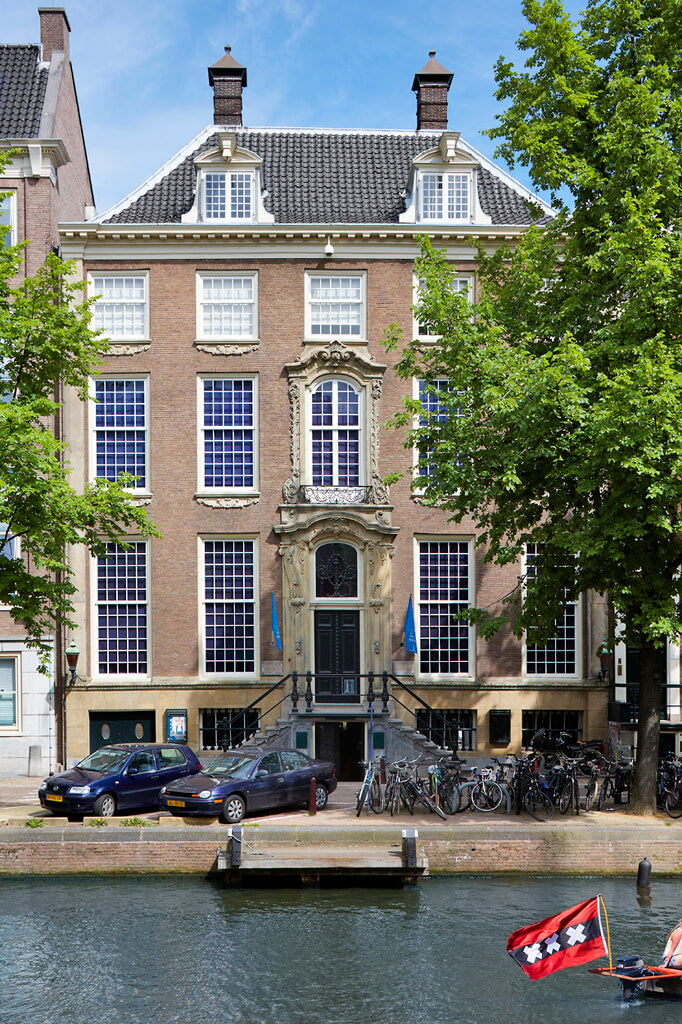Lytes Cary Manor is a small medieval manor house located in Somerset, England. The house was originally occupied by the Lyte family who settled in the area in the thirteenth century. The Lyte family lived here for over six generations and gradually expanded the house.
The founder of that family was William le Lyte, who was a feudal tenant of the estate as early as 1286. It is believed that his grandson Peter built the chapel, which dates back to 1343. In the early sixteenth-century a great hall was added, which reached through a 2-storey porch with a fine oriel on the upper floor. There is a ground-floor parlour with a great chamber above, the ceiling of which is decorated with an unusually early example of plasterwork ribs forming a pattern of stars and diamonds. When this addition was completed, the home was occupied by Henry Lyte, a keen herbalist and gardener who grew all kinds of fruits in the practical garden. In 1578, he dedicated his Niewe Herball to Elizabeth I ‘from my poore house at Lytescarie’.
By the mid-eighteenth century, the family faced serious financial difficulty and in 1755 they were forced to sell the estate to Lytes Cary. Lytes Cary was then tenanted by a series of farmers until Sir Walter Jenner bought the estate in 1907. When the Jenners arrived the Great Hall was being used as a cider press, the Great Parlour stored agricultural materials and the Little Parlour was a carpenter’s workshop. The Little Parlour later became Sir Walter’s private study. He restored the house to a seventeenth-century style and also added a new west wing. Sir Walter also created a new Arts and Crafts-style garden that mostly featured rectangular ‘rooms’ separated by yew hedges and stone walls, each reflecting a different mood or purpose. In 1948, Sir Walter decided to pass the house onto the National Trust.
Today, the intimate manor house of Lytes Cary is filled with the collection of the Jenners. On view are lovingly restored pieces of oak furniture and fittings from the late seventeenth and early eighteenth centuries, paintings, and seventeenth-century Flemish tapestries. It also houses a large ceramics collection, from Chinese porcelain Kangxi wares and ming celadon dishes to European pottery. Besides several objects of Staffordshire pottery, the true highlight is formed by a pair of Delft blue and white pyramidal flower vases, decorated with the virtues and putti in characteristic chinoiserie borders. The vases, which stand 99 cm. (39 in.) tall, are marked for Adrianus Kocx of De Grieksche A (The Greek A) factory at the end of the seventeenth century.

